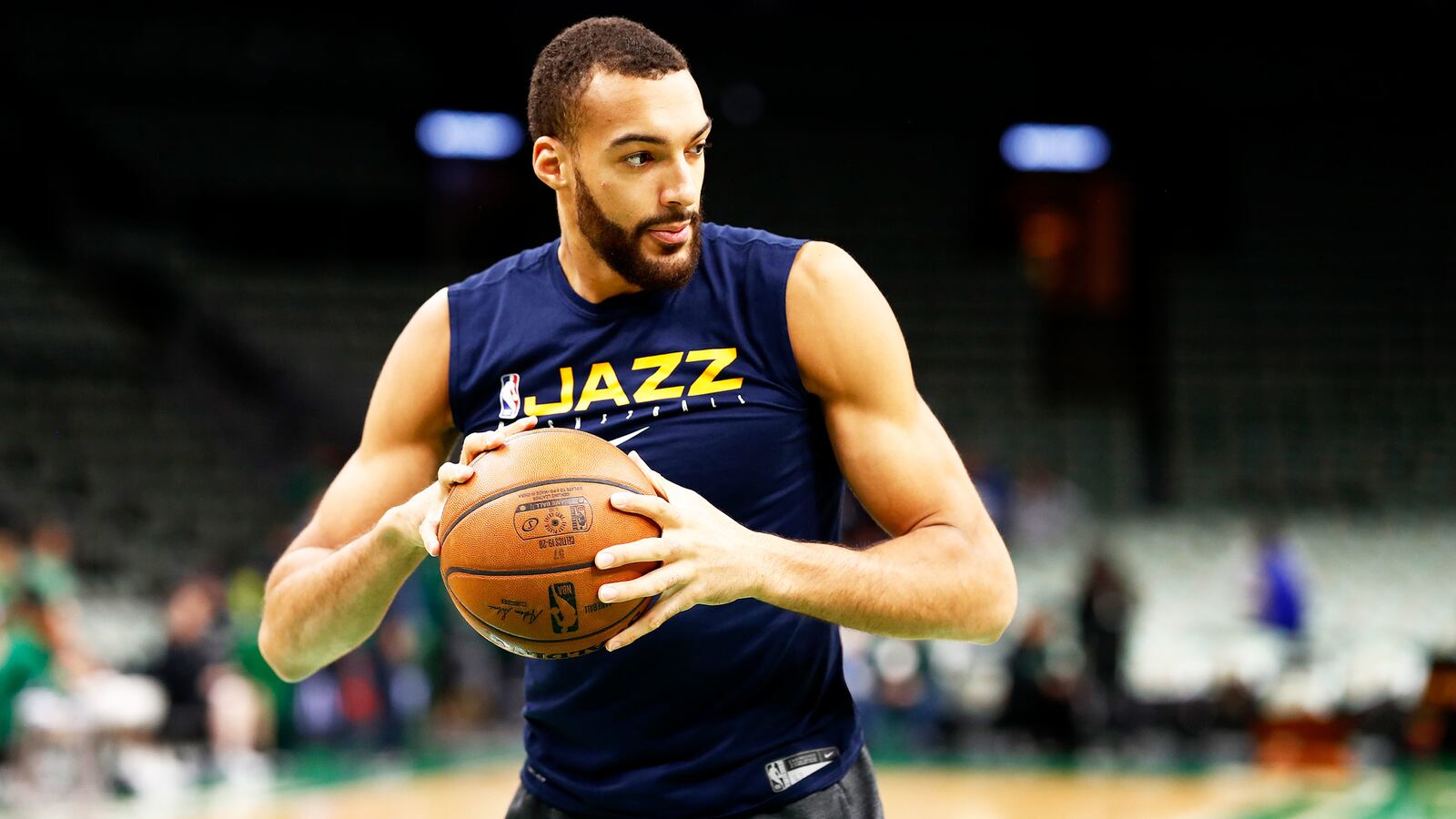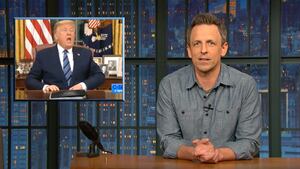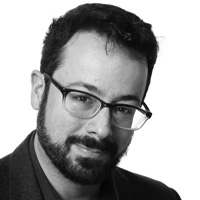America’s response to a global pandemic has been lackluster, to say the least. Despite the near-constant stream of baffling and misleading utterances spewed by the president, the reality is that the ability to test for the novel coronavirus or COVID-19 has paled in comparison to nations like South Korea, which has been examining 20,000 people a day. The Centers for Disease Control and Prevention only managed to run 77 tests from Sunday to Wednesday morning, according to Yahoo! News. On Tuesday, 2,728 people were tested by all 50 state labs, or an average of 55 people per state.
But when an NBA player began exhibiting symptoms, that figure was surpassed. The state of Oklahoma completed 58 COVID-19 tests within a matter of hours on Thursday, all to ensure that the virus didn’t spread any further than necessary. A powerful, wealthy pro sports league flexed the political capital and financial might required to get government officials to spring into action. The unintentional byproduct, though, is another, equally jarring number: 7,617 people in total have been tested for the virus by state labs as of Thursday, and those 58 tests, or a staggering .8 percent, were conducted on employees of one professional basketball team.
Utah Jazz center Rudy Gobert had gotten ill on Wednesday morning. Influenza had been ruled out, but as a precaution he was tested for COVID-19. Events kicked into high gear from there. The sample from Gobert was received at the Oklahoma State Department of Health in “the afternoon,” Oklahoma Health Commissioner Gary Cox said in a press conference on Thursday. By 6:45 pm CDT, officials had gotten a preliminary positive result. Fortunately, the specimen from Gobert arrived at the beginning of the day’s testing cycle, which allowed for a turnaround in the six to eight hour time frame Cox promised last week.
And so, just before the start of Wednesday night’s game between the Utah Jazz and the Oklahoma City Thunder, the home team’s head doctor stormed the court, bringing the game to a shuddering halt. In short order, teams were told to return to the locker room, and the league announced that it was shutting down for the foreseeable future.
The testing continued. A “team,” as Cox said, was dispatched by the Department of Health, and anyone who’d come into contact with Gobert—including his teammates, the coaching staff, the local broadcast crew, and three Jazz reporters—were examined. (One other individual also tested positive: star guard Donovan Mitchell.) The entire ordeal was wrapped up in six hours, according to Sarah Todd, who was tested and covers the Jazz for the Deseret News.
Here are a few more surprising digits. The 58 tests conducted represented 60 percent of Oklahoma’s peak daily capacity.
“We have the capacity to run about 100 tests a day,” said Cox. While the state is in the process of “reordering additional reagents,” as of now, they can perform 300 tests. Meaning: the Utah Jazz alone consumed 20 percent of Oklahoma’s total stock. Cox added that two private facilities capable of testing for COVID-19 were ready to go or would be up and running “soon,” he said. (The Department of Health did not respond to multiple requests for comment.)
The speed at which the NBA was able to get the test performed was partly thanks to existing NBA rules and regulations, which allow for the rapid identification of any potential medical issues. Should diagnostic warning bells go off, team trainers work with local physicians to determine the proper course of action, according to Laurence Burnsed, the Oklahoma State Epidemiologist who also spoke at the press conference. Last week, the NBA encouraged teams to start specifically keeping an eye out for COVID-19 symptoms and make sure health care providers were on alert, ESPN’s Royce Young reported.
That’s a luxury most U.S. citizens don’t have. Not when the term “health care provider” might as well be a foreign language. Presenting with COVID-19 doesn’t necessarily lead to a test, doctor’s orders be damned. Over the last few weeks, terrifying stories of those denied testing and testing shortages have continued to mount. (Not so much for GOP bigwigs, or beloved actors who, by dint of luck, happened to be working in a country with far fewer roadblocks.) In contrast, an individual who was one of the 58 tested on Thursday told The Daily Beast that zero questions were asked by doctors prior to administering the test.
The NBA’s aggressive testing policies won’t stop with the Jazz. The Thunder were advised by the Department of Health to be put into quarantine for a period of 24 hours, and then tested, per Young; the Philadelphia 76ers will get checked out, assuming testing kits are available; the Toronto Raptors will “go into self-isolation for 14 days,” the team said in a statement, and an unnamed percentage of players and their traveling party have also undergone testing. It was kept under wraps, but Stephen Curry was also tested last week, and teams that faced the Jazz in the last two weeks, including the Boston Celtics, Detroit Pistons, Cleveland Cavaliers, and New York Knicks, were instructed to self-quarantine, sources told ESPN. According to Yahoo! News, some owners would like each and every player to be tested before the games can resume. (The NBA and the Utah Jazz did not respond to a request for comment.)
Oklahoma GOP Senator James Lankford has clearly grown frustrated by the U.S. government’s empty promises. “People should not say, ‘If you want a test, you can get a test’ right now,” he told reporters. That’s coming. That’s not here right now.”
He continued: “We’ve got a long way to go to be able to get rapid, efficient testing.”
The sports and entertainment world can’t and clearly has no plans to wait. Major League Baseball, the National Hockey League, and the NCAA all went on hiatus or cancelled events entirely on Thursday. Broadway went dark, as did Disneyland. If America hopes to avoid a truly catastrophic spread of COVID-19, it will require a far more coherent and disciplined course of action, one that’s not going to be cheap. And, yes, large-scale gatherings will continue to be shuttered. But corporate actors can’t do it alone. In the interim, maybe those looking to get the best possible medical care will have to hold out hope of landing a job in the NBA.


